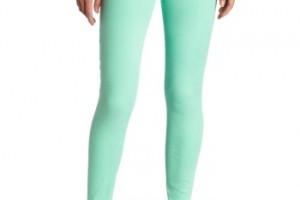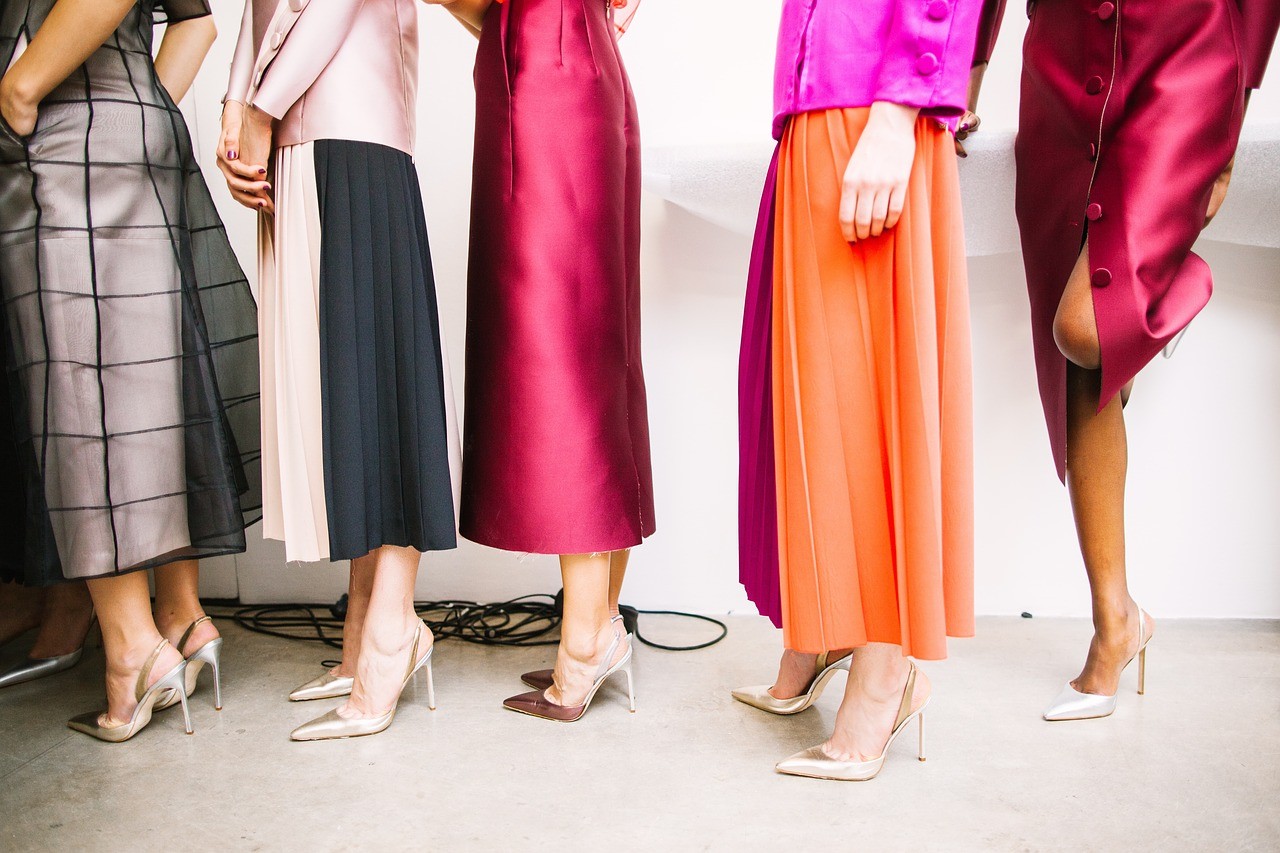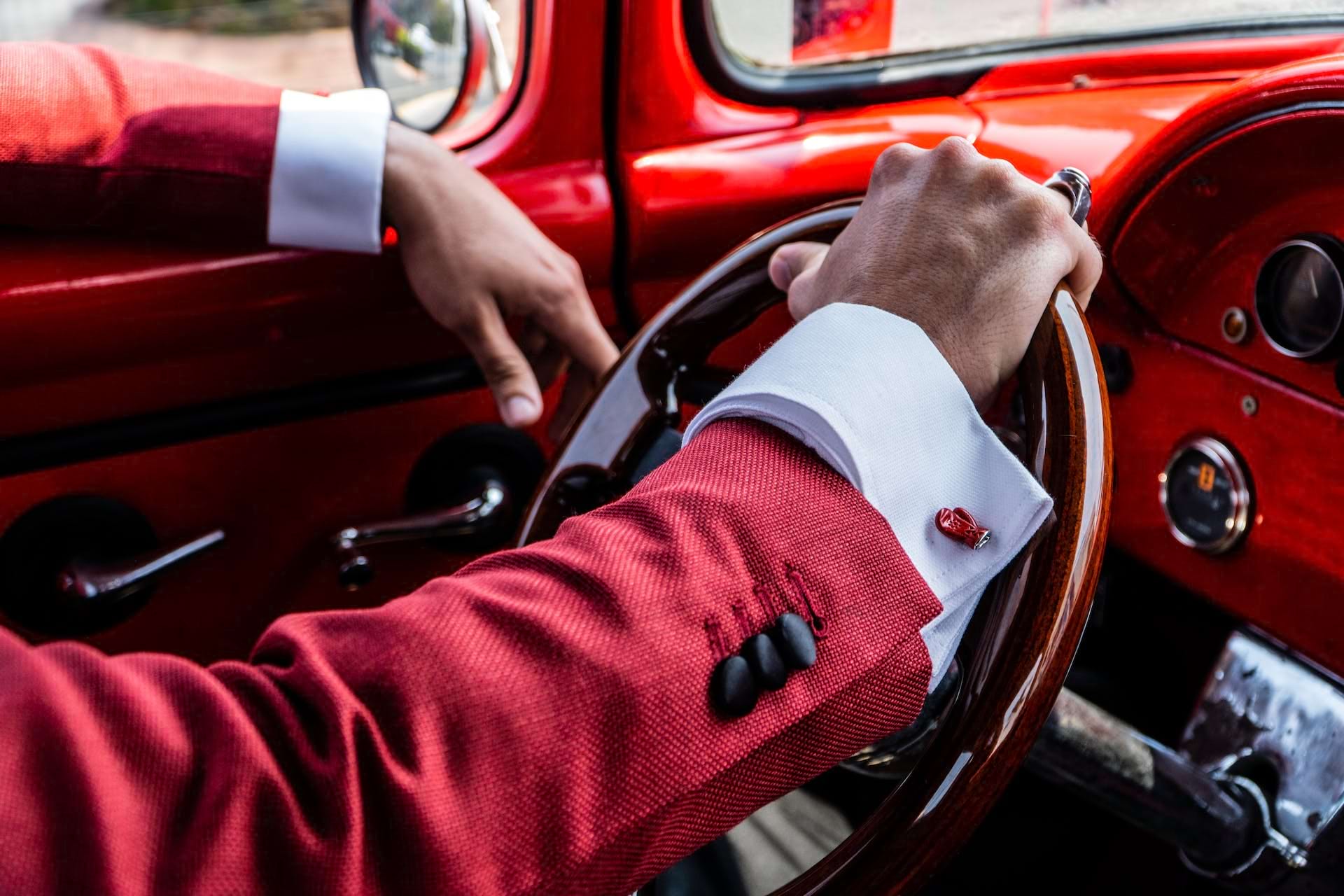
Fashion and design are two very different things. Although they overlap significantly, a fantastic design does not always equate to fashion. Furthermore, you cannot automatically infer fantastic design from popular fashion – no matter how well something looks when it is worn.
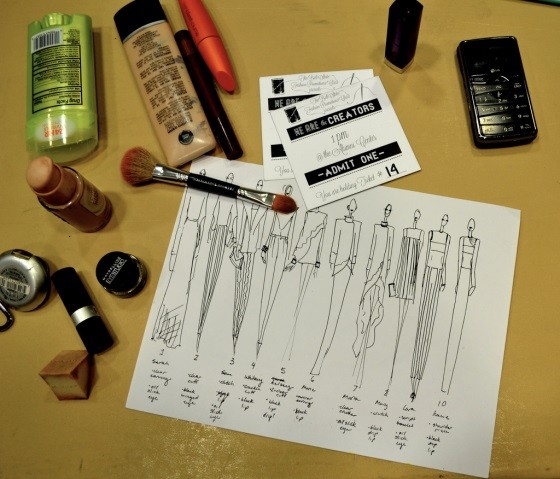
Fashion sketches. Some rights reserved by L a r a –
Simply put, design is about so much more than aesthetics. It is also about quality of manufacture, structure, material and even longevity. By thinking about these elements we can see how design transcends fashion, and can observe many fashion design elements also at work in other industries such as home wares and construction.
Overlapping Trends
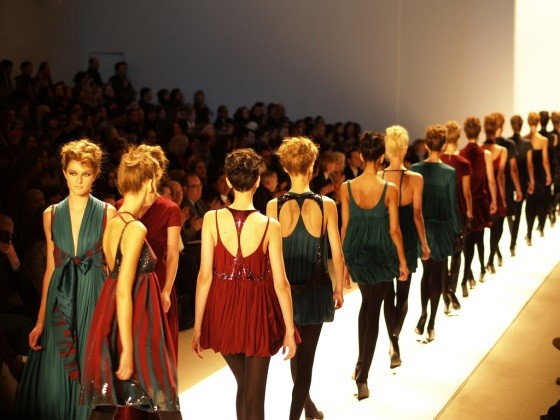
Fashion Show during New York Fashion Week. Some rights reserved by Art Comments
It is often the case that fashion and design will overlap in many different ways, and one of the most observable ways in which this will happen is through trends. It is often the case that when a particular design is trending in one industry, it will experience a simultaneous and often similarly weighted resurgence in popularity in another related industry.
For example, by observing trends featured on both couture runways and home ware magazines, we can see that Asiatic influences have experienced a resurgence in both fields. Patterns, colours, materials, symbols, mythologies – all of these influences are incorporated as design elements in both fashion and home ware. Whilst it is not clear which industry led the way, the design principles underpinning both have some marked similarities, whether you are talking about a Japanese-inspired sofa from Online Sofa Wholesale or a printed kimono by John Galliano.
The Complexities of Design
For those who truly take pride in what they do, the process of design will never be simple. Many, many different elements need to be taken into account in the design process, and this is true whether you are interested in fashion, home furnishings, home renovation or even computer technology. Good design means that nothing goes to waste and no stone is left unturned, and some of the best examples of design – both within and outside of the fashion industry – speak to a rich and varied cultural history that extends far beyond the item in question. Design, therefore, is referential as well as intentional.
Making a Career Out of Fashion Design
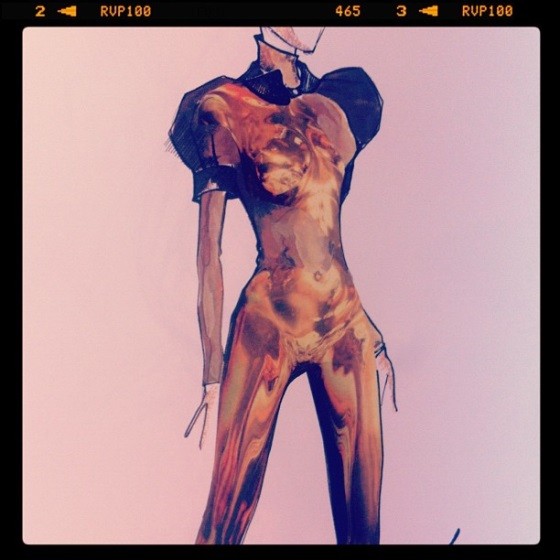
Fashion illustration. Some rights reserved by Romana Correale
Because design is such a complex field, it is not enough to simply appreciate fashion if one wants to get into the fashion design industry. There are many people who are adept at following and understanding fashion trends, but relatively few people who have the skill and dedication to apply themselves to learning the principles of design which underpin the industry. Not only should you wish to create clothes that have aesthetic appeal, but you should also desire that your designs are wearable, striking, well-constructed and – to some degree – practical. You may also have other desires; that your clothes be eco-friendly, sustainable, flame retardant or that they move in a certain way. This is the crux of where fashion meets design, and where aesthetics truly become interesting.





